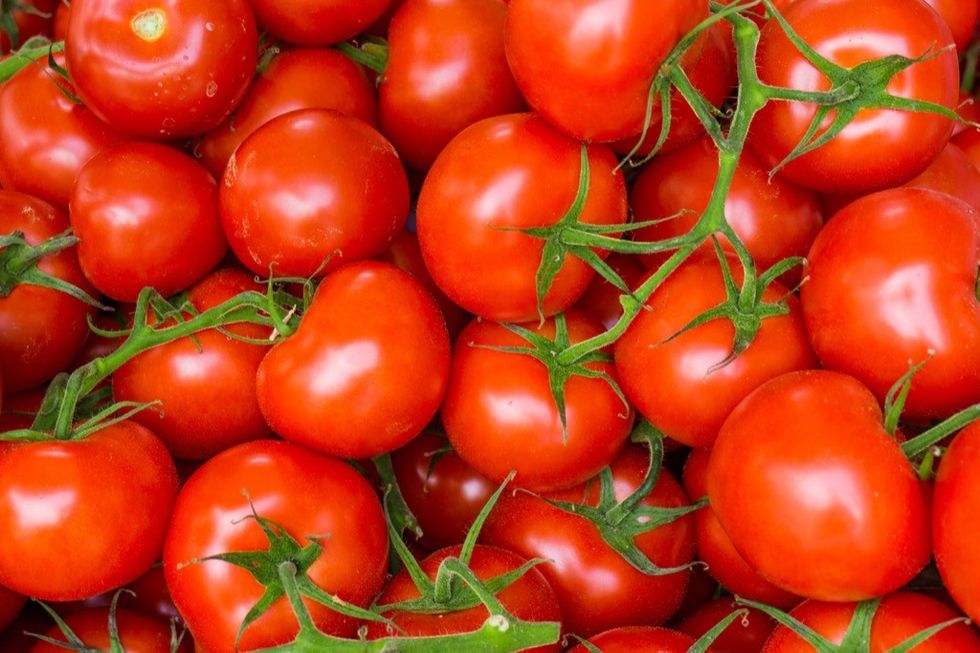You won’t want to add them to your smoothie or yogurt parfait, but you will want to pack your lunch and dinner with them. Tomatoes have just been crowned the healthiest fruit in the world (remember, fruit is anything with seeds) by the Centers for Disease Control and Prevention (CDC). The agency released its list of “powerhouse” fruits and vegetables, which it defines as those “most strongly associated with reduced chronic disease risk.” The first 26 foods on the list are vegetables, mainly of the cruciferous or green leafy varieties. The first fruit to make an appearance on the ranking is tomatoes, which have a nutrient density score of 20.37.
RELATED: 10 Healthiest Superfoods to Add to Your Diet, Nutritionists Say.
The score was calculated based on the bioavailability of 17 key nutrients. According to the Cleveland Clinic, a medium-sized raw tomato contains the following:
- 17 grams of vitamin C (19% of the daily value, or DV, recommended for adults)
- 10 micrograms of vitamin K (8% DV)
- 296 milligrams of potassium (6% DV)
- 19 micrograms of folate (5% DV)
What’s more, tomatoes are high in two important antioxidants: lycopene and beta-carotene.
On top of its nutrient profile, a tomato also has only 23 calories, less than a gram of fat, and 5 grams of carbohydrates.
By comparison, the top piece of produce on the CDC’s “powerhouse” list is watercress, which has a nutrient density score of 100. Following tomato’s score of 20.37 are the following fruits:
- Lemon: 18.72
- Strawberry: 17.59
- Orange: 12.91
- Lime: 12.23
- Grapefruit (pink and red): 11.64
- Blackberry: 11.39
- Grapefruit (white): 10.47
Apple, banana, raspberry, tangerine, and cranberry did not qualify as nutrient-dense, but that doesn’t mean they don’t provide their own health benefits.

